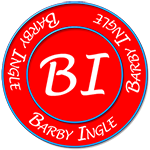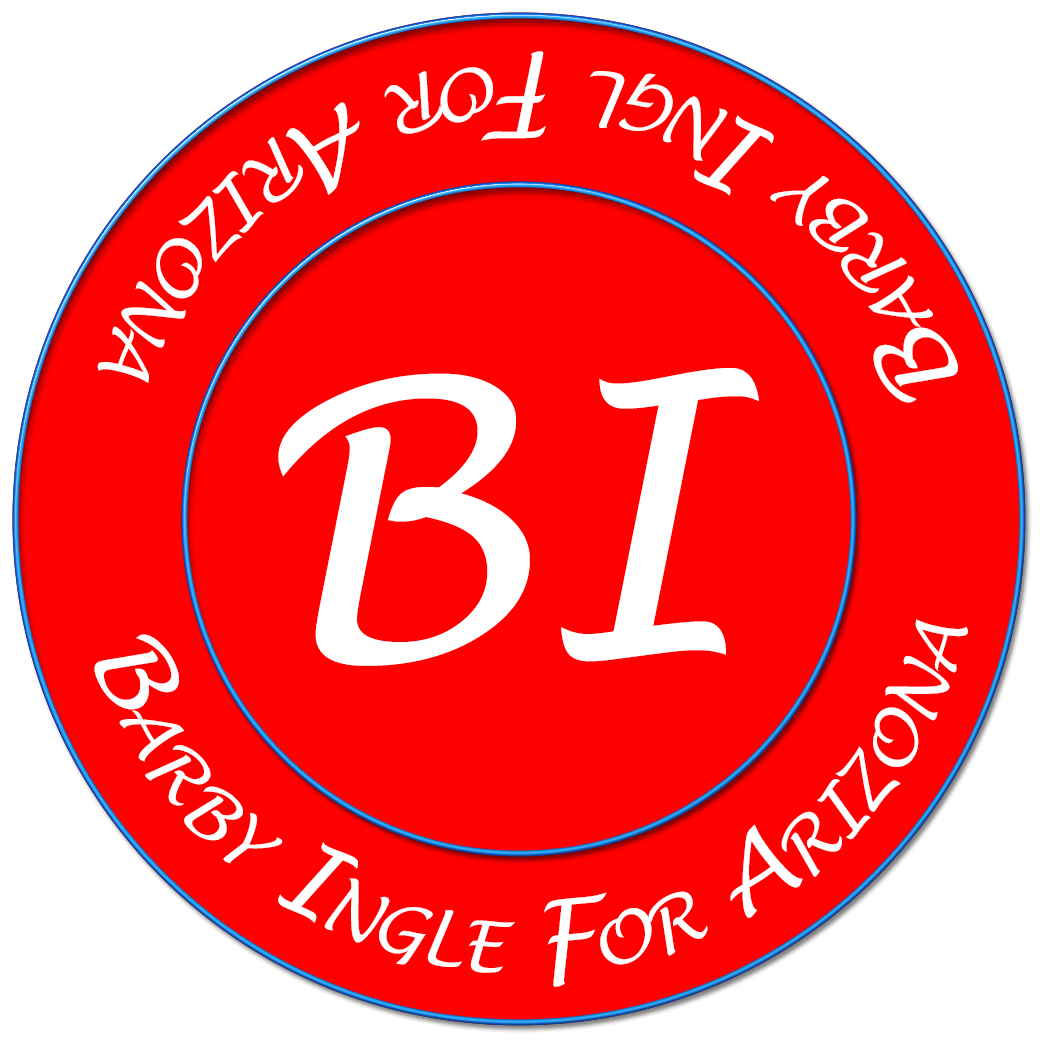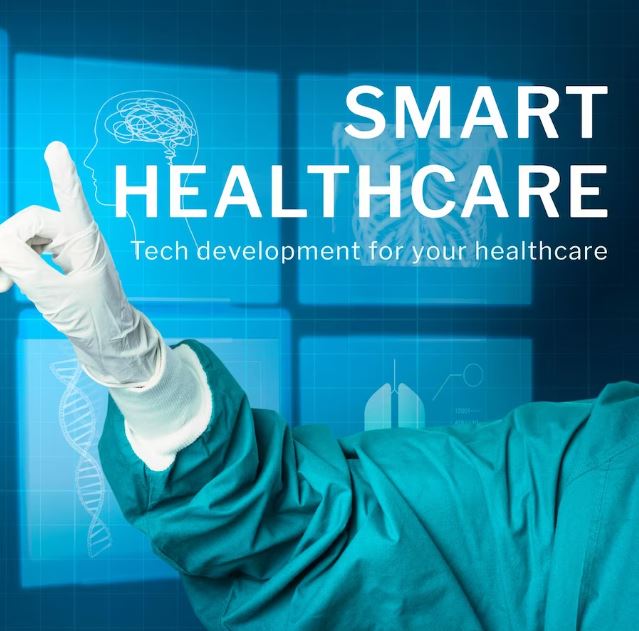This blog article is about How Connected Health Technologies Connect Providers and Patients.
Patients and providers can now work together with connected health technologies to assist in preventing, diagnosing, treating, and managing symptoms, illness, disease, and injury. Health providers can support the gaps in their system by using connected health technologies such as telehealth, telemedicine, and connected devices to bridge the gap between providers and patients. I have discussed this topic in the past in multiple mediums, including this Patient Orator video and a patient interview on Health Information Technology (HIT), and I know that there is new tech coming out so often that it is fascinating to me as a chronic patient to keep up with as much as I can.
It is recognizing that communication between patients and providers is essential to improving my daily living and investing in tools that can assist us in bridging the gap between the providers and my care. Technologies are one way to do this. Another is participating in weekly events like Twitter chats on health information technology like @HCLDR and @HITMC. Connected health technology can bridge the gap between providers and patients and improve patient satisfaction. It combines the best of virtual care and telemedicine to bring tangible results.
The healthcare industry is now at a critical point in its evolution: providers, patients, and the public can access information about medical practices and procedures. Making informed decisions about medical care has never been more critical. To bridge the gap between providers, patients, and the public, connected health technologies provide physicians and other healthcare professionals with an incredible opportunity to engage patients through multiple entry points, including clinical trials, health coaching, telemedicine, and more.
Connected health technologies can also help providers and patients interact with increased efficiency, transparency, and care.
Using apps to health apps to track my symptoms has helped me communicate and be more engaged in my care and has allowed me actively participate in the monitoring and management of various chronic conditions that I live with. This is becoming more popular with both patients and providers. Using tech as patients helps us work interdependently with our providers, particularly to optimize disease prevention, management, and clinical outcomes through the emergence of connected, self-managed care for chronic conditions.
In today’s healthcare environment, providers and patients share a focus on improving outcomes through cost-effective strategies. Connected health services provide opportunities for new types of care delivery, data collection and analysis, patient engagement, focused research, and clinical evaluation.
Communication with your Healthcare Providers
Try to speak with your physician about the value of managing your health goals through technology and mobile apps since they are likely unaware of these solutions. Questions to consider include: What tech do you suggest for patients like me? Do you have any suggestions for the tech to communicate what I input daily about my symptoms, pain levels, or blood pressure? Have you heard about any new tech or apps at the conference that you would suggest could improve my daily living or health?
Connected Health Solutions (CHS) is a term used to describe various technologies, strategies, and overall strategies. As society becomes ever more connected through computers, mobile devices, and social media, stakeholders can tap into these technologies to improve the health of their populations. Everyone is looking for the silver bullet to change healthcare, but the reality is more complex. CHS can empower health consumers, improve communication between doctors and patients, and make preventative medicine easier for patients.
Health information technologies offer many potential benefits, including increased access to care, improved safety, and better outcomes. However, these benefits are not fully realized in healthcare as providers and patients do not always have a shared view of what these technologies mean for their interactions. This project aims to close the gap between provider and patient perceptions of connected health by identifying practical approaches for bridging this gap. We are conducting a mixed-method study with patients from key clinical specialties (pain management and cardiology) and primary care providers.
Connected health technologies (CHTs) are a growing part of the healthcare landscape and will continue to be.
CHTs can deliver patient-centric care and improve the patient experience but also present new challenges to clinicians and other caregivers. These challenges include:
• Lack of interoperable systems that allow for seamless communication between multiple providers and patients, resulting in siloed data.
• Difficulty in sharing information across different platforms and devices.
• The inability to access mobile health records (EHRs).
• Patients with incomplete or inaccurate information about their health status due to a lack of education or understanding about how these technologies work.
According to the Centers for Disease Control, about half of Americans were not getting health screenings in 2012. In addition, at the risk of sounding like a broken record, it is well known that many recipients of Medicaid do not receive health screenings regularly; they are probably less prone to do so. Six Texas hospital systems conducted an in-depth study in 2014 and found that one-third of patients seen at these hospitals were late for a medical follow-up.
By: Barby Ingle
Publisher: KB Companies LLC


